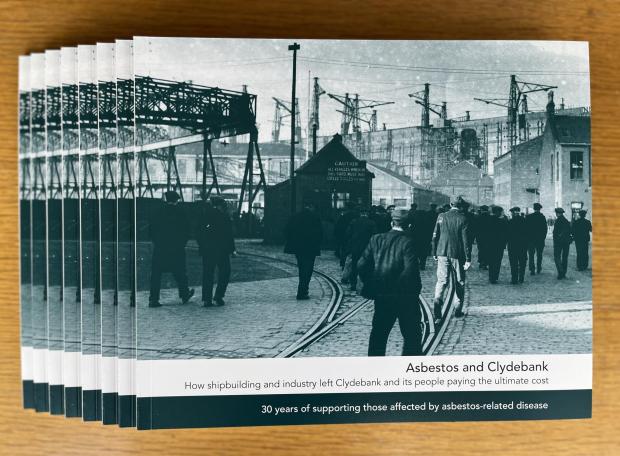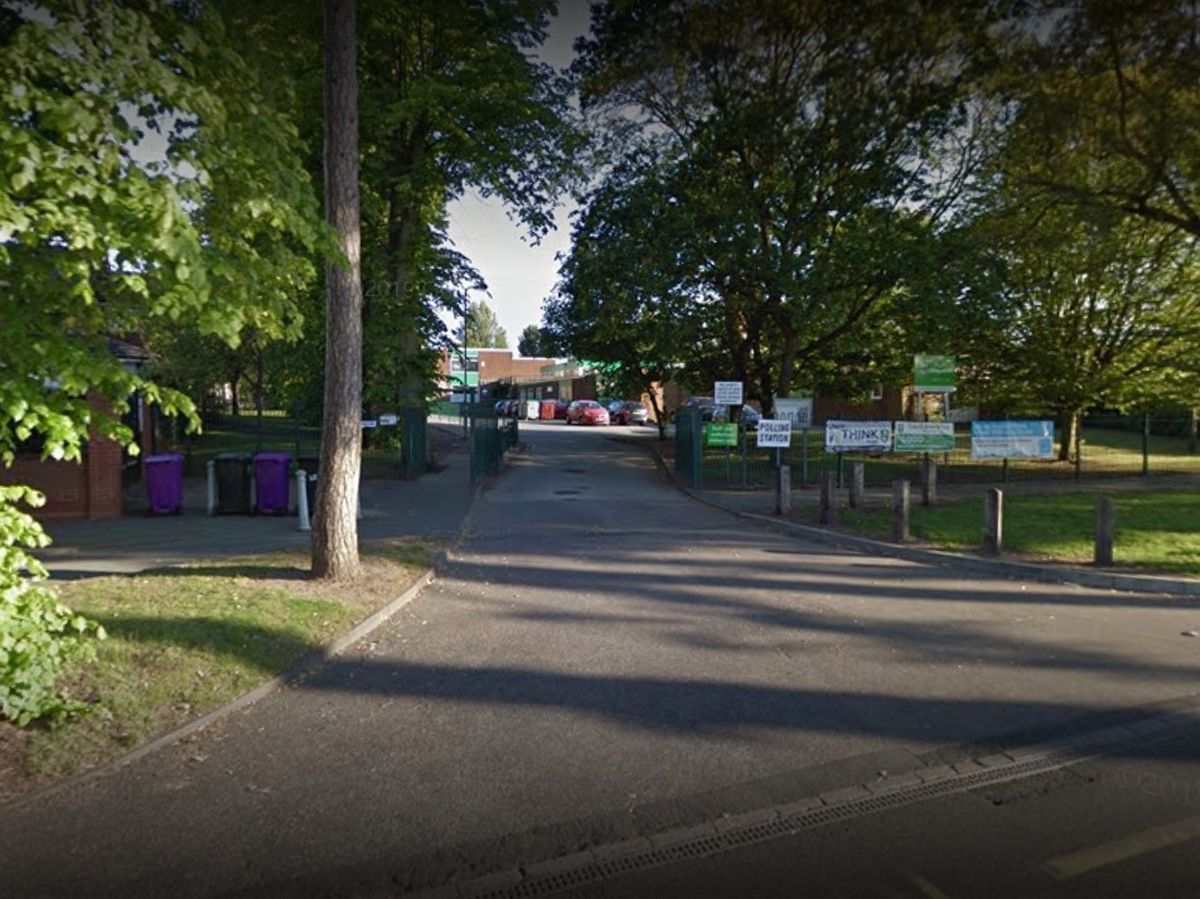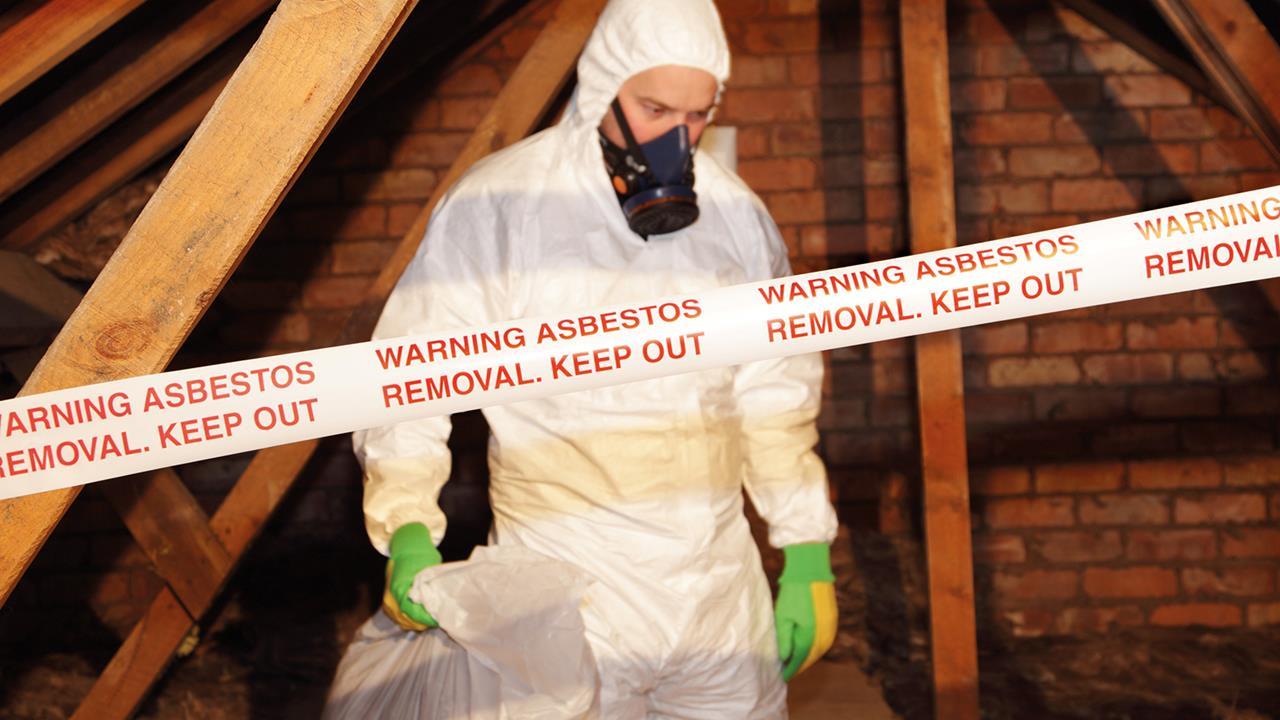Sotheby’s Sold a Jean Prouvé Table for $1.6 Million Last Month—But Didn’t Mention It Might Contain Asbestos
$1.6m table sold - but it "may contain Asbestos"

Would you pay $1 million for a table? What if it was made with a material that could give you cancer?
Believe it or not, in recent months, Sotheby’s New York has sold not one but two Jean Prouvé tables made from fibrated Granipoli concrete—a French trade term for a mixture of cement and asbestos, a fibrous mineral known to cause mesothelioma, asbestosis, and lung cancer.
The first, from the collection of art collector Peter Brant and supermodel Stephanie Seymour, sold for $988,000 in December on an estimate of $500,000 to $700,000. The second sold last month, at the house’s “Important Design” auction, for $1.6 million over a $350,000 to $550,000 estimate—enough to become the seventh highest auction result of all time for the French designer. (The object’s seller, Ken Mazik of the Pinnacle Art Collection, is a whole other can of worms.)
The refectory tables, as the works are known, are part of a set of 30 tables Prouvé made in 1939 for the canteen at La Pierre Attelée, a seaside summer camp in Saint-Brevin l’Océan, France.
To protect the table from the salty air of the Atlantic, Prouvé gave it galvanized steel legs. But what the designer didn’t consider was how to protect the owner from the dangers of asbestos, which were unknown at the time of its production.
For generations, asbestos was considered an excellent building material thanks to its strength, fire-resistance, and ability to act as an electrical insulator. But once the material starts deteriorating, inhaling its microscopic carcinogenic fibers can be deadly, and its use in construction has been outlawed in many countries—but not in the U.S.
It was Jonathan O’Hea, an art and antiques dealer in New Jersey, who first noticed that Sotheby’s was selling a table containing potentially hazardous materials. Thanks to his familiarity with older materials—he has a bachelors degree in historic preservation—it was the word “fibrated” that set off alarm bells.
“It’s such a weird word. I had never heard of it, but quickly deduced that it had to do with fibers being introduced to concrete,” O’Hea told Artnet News. “Seeing that the table dates to the 1930s, my immediate thought was, ‘That has to be an asbestos product.’ At the time, asbestos was seen as this miracle mineral, and [was considered] safe.”
A quick Google search turned up a 1956 United Nations treaty series with an item relating to the sale in Greece of “boards composed of a mixture of asbestos and cement. These boards, granitized, enamelled or lacquered for partitions and facings and known in France under the trade names of ‘Granitoloflex,’ ‘Granipoli’ and ‘Evergranit.'”
In layman’s terms, Prouvé had used a material somewhat akin to sheetrock for his tabletop.
“It was meant for architectural usage, technically. On a wall, it would not be constantly abraded with silverware, cups, and dishes,” O’Hea said. “I suspect it’s called Granipoli because it’s supposed to look like a faux granite.”
But the Sotheby’s listing gave no indication that the buyer would be ponying up hundreds of thousands of dollars for an object impregnated with a highly dangerous substance.
“It’s just wrong,” O’Hea said. “There’s a moral obligation to notify the buyers, whether they care or not—asbestos is a known carcinogen.”
Ahead of the sale, O’Hea alerted Sotheby’s about the presence of asbestos in the object, through a message on Twitter and in an email to seven members of its 20th-century design department, but did not receive a response.
“Sotheby’s is currently working with its scientific research team to identify the material in question,” a representative for the auction house told Artnet News in an email. “The object remains in Sotheby’s possession and will be isolated pending the results of analyses.”
It is unclear exactly how much asbestos the Prouvé table contains, but the asbestos in solid concrete table is unlikely to become friable, which is when it becomes airborne and the risk of exposure sets in.
“If you break the table, cut the table, sand the table, disturb the table in any way, it can generate airborne dust that may have asbestos particles that may contaminate the air that you may ingest or breath in,” Karen Selby, a registered nurse and patient advocate at the Mesothelioma Center, an advocacy center that helps patients find treatment for asbestos-related diseases, told Artnet News.
“But if none of that happens, there’s no risk to any individual around a product that contains asbestos,” she added.
The condition report for both tables sold at Sotheby’s described “light surface scratches, small losses concentrated to the edges and corners as well as minor abrasions throughout.”
More troublingly, the example sold last month also features fine hairline cracks, as well as a larger one that had to be “restored by a professional conservator to stabilize and minimize the appearance of a crack.”
The buyer chose to spend $1.6 million even knowing the tabletop had been damaged—but would they have made the same decision had they been aware that those cracks in the surface could later release tiny carcinogenic particles into the air?
Many buildings still contain asbestos to this day, but removing it creates the risk of fibers becoming airborne. New York law requires licenses and certification to work with or remove materials that contain asbestos.
There’s also the matter of where the buyer lives, as it is illegal to import or export products containing asbestos to some countries, including France (since 1996) and the U.K. (since 1999). Both tables sold at Sotheby’s appear to have been exported from France prior to the ban, according to their provenance records.
Prouvé also isn’t the only designer who used asbestos in his work before it was identified as a health hazard.
Photos via Sotheby's










